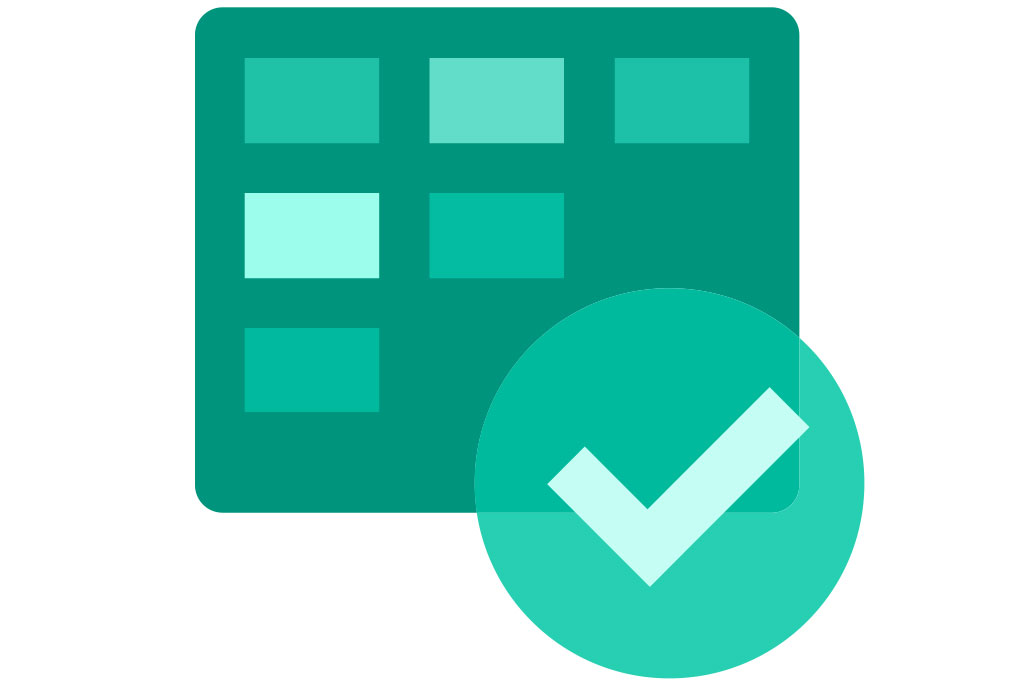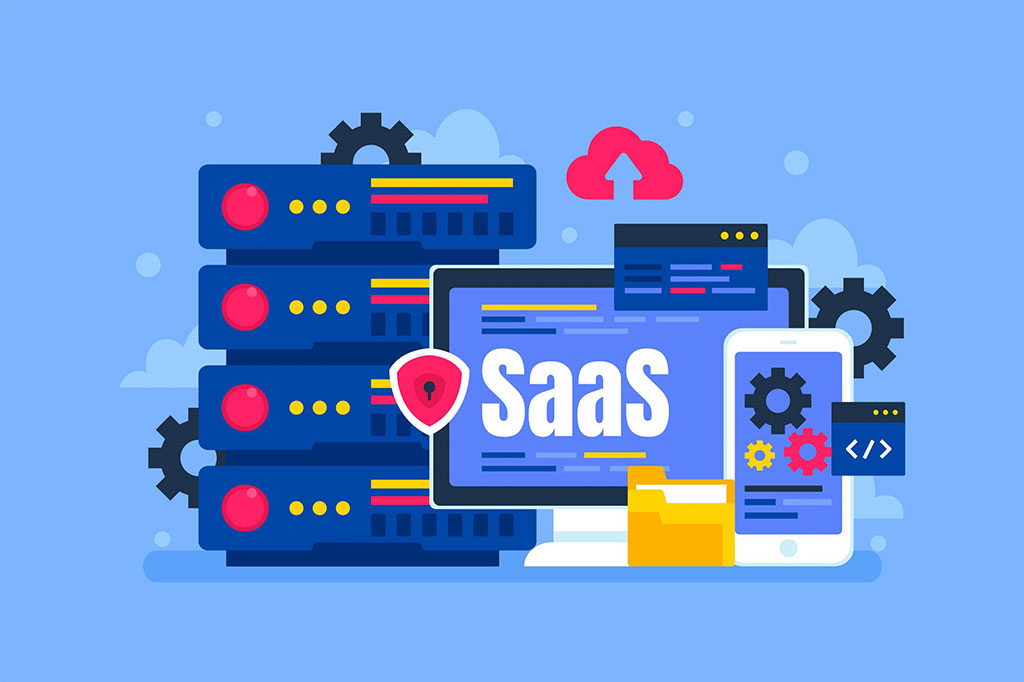
Con la transformación digital y la expansión de la computación en la nube se vuelve esencial entender los distintos modelos de servicios disponibles. Los más notables son IaaS (Infraestructura como Servicio), PaaS (Plataforma como Servicio) y SaaS (Software como Servicio).
Infraestructura como Servicio (IaaS)
La Infraestructura como Servicio, o IaaS, es un modelo en el que los proveedores de servicios en la nube ofrecen una infraestructura virtualizada a través de internet. Los clientes pueden acceder a recursos computacionales, como servidores virtuales, redes, almacenamiento y sistemas operativos, sin tener que gestionar ni mantener la infraestructura física subyacente. Algunas características clave del IaaS incluyen:
- Flexibilidad y escalabilidad: Los clientes pueden aumentar o disminuir los recursos según sus necesidades en tiempo real, lo que permite un enfoque más eficiente y económico.
- Pago por uso: Los clientes sólo pagan por los recursos que utilizan, evitando así la inversión inicial en infraestructura costosa.
- Mantenimiento y seguridad: Los proveedores de IaaS son responsables del mantenimiento y la seguridad de la infraestructura física, lo que permite a los clientes centrarse en sus aplicaciones y datos.
Ejemplos de proveedores de IaaS incluyen:
- Amazon Web Services (AWS): Ofrece servicios como Amazon EC2, Amazon S3 y Amazon VPC.
- Microsoft Azure: Proporciona servicios como Azure Virtual Machines y Azure Storage.
- Google Cloud Platform: Ofrece servicios como Compute Engine y Google Cloud Storage.
Plataforma como Servicio (PaaS)
La Plataforma como Servicio, o PaaS, es un modelo que brinda a los desarrolladores un entorno completo de desarrollo e implementación en la nube. Los proveedores de PaaS ofrecen una plataforma que incluye hardware, sistema operativo, herramientas de desarrollo, bibliotecas y servicios adicionales necesarios para desarrollar y alojar aplicaciones web y móviles. Algunas características clave del PaaS incluyen:
- Enfoque en el desarrollo de aplicaciones: Los desarrolladores pueden centrarse únicamente en la creación de aplicaciones sin preocuparse por la infraestructura subyacente.
- Escalabilidad y disponibilidad: Los servicios de PaaS suelen ofrecer herramientas y funcionalidades que permiten escalar fácilmente las aplicaciones y garantizar su disponibilidad.
- Colaboración y productividad: Los equipos de desarrollo pueden trabajar de manera colaborativa y aprovechar herramientas integradas, control de versiones y servicios de automatización.
Ejemplos de proveedores de PaaS incluyen:
- Heroku: Ofrece una plataforma en la nube para alojar aplicaciones web y móviles.
- Microsoft Azure: Proporciona Azure App Service, que permite a los desarrolladores crear, implementar y escalar aplicaciones web.
- Google Cloud Platform: Ofrece Google App Engine, una plataforma para crear aplicaciones escalables y flexibles.
Software como Servicio (SaaS)
El Software como Servicio, o SaaS, es un modelo en el que los usuarios acceden a aplicaciones de software a través de internet, en lugar de instalar y mantener el software en sus propios dispositivos. Los proveedores de SaaS alojan y gestionan las aplicaciones, y los usuarios simplemente las utilizan a través de una interfaz web o una aplicación móvil. Algunas características clave del SaaS incluyen:
- Acceso desde cualquier lugar y dispositivo: Los usuarios pueden acceder a las aplicaciones desde cualquier dispositivo con conexión a internet, lo que brinda flexibilidad y movilidad.
- Actualizaciones y mantenimiento automáticos: Los proveedores de SaaS se encargan de las actualizaciones y el mantenimiento del software, lo que libera a los usuarios de esa responsabilidad.
- Modelo de suscripción: Los usuarios pagan una tarifa periódica por el uso de las aplicaciones, generalmente en forma de suscripción mensual o anual.
Ejemplos de SaaS incluyen:
- Salesforce: Proporciona una plataforma CRM basada en la nube.
- Dropbox: Ofrece almacenamiento en la nube y colaboración de archivos.
- Google Workspace (anteriormente G Suite): Incluye herramientas como Gmail, Google Drive y Google Docs.
Los modelos de servicios en la nube, como IaaS, PaaS y SaaS, han revolucionado la forma en que las empresas y los usuarios acceden y utilizan la tecnología. Cada uno de estos modelos ofrece diferentes niveles de abstracción y funcionalidades, lo que permite a las organizaciones elegir la opción más adecuada para sus necesidades.





